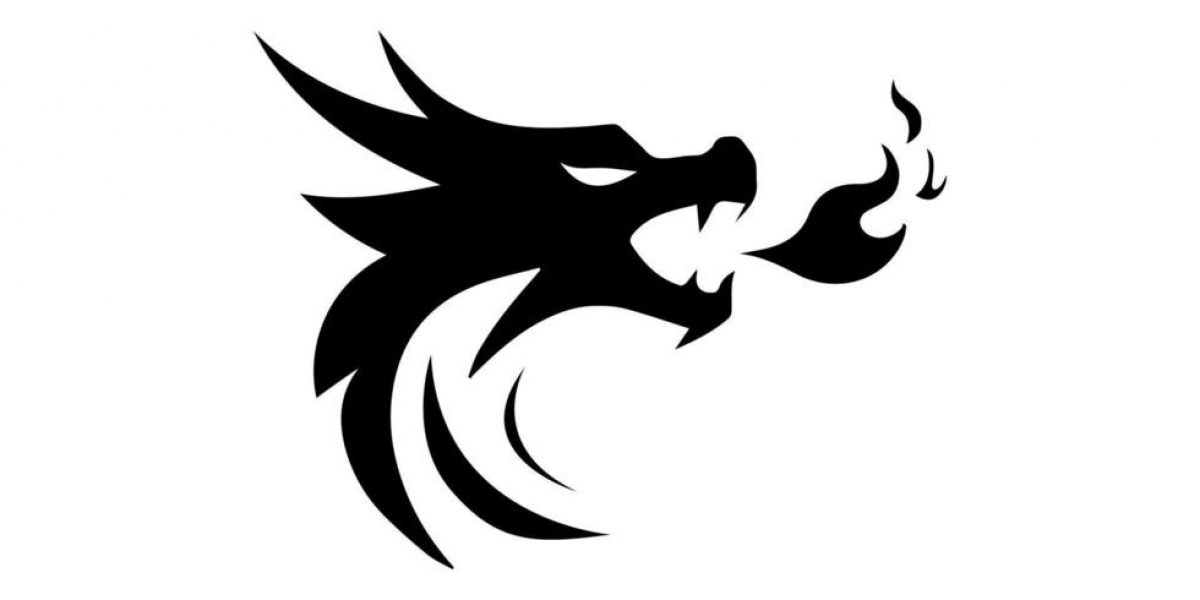The dragon, a mythical creature with an enduring presence across many cultures, stands as a symbol of power, mystery, and transformation. Its image transcends time, geography, and belief systems, embodying various meanings depending on its cultural context. From Eastern philosophies to Western folklore, the dragon symbolizes forces both destructive and protective, regal and terrifying, representing humanity’s fascination with the unknown and the supernatural.
Origins of the dragon symbol
The dragon is believed to have originated independently in several parts of the world, each culture shaping its meaning according to their worldview and environment. Its imagery often includes serpentine bodies, reptilian scales, wings, claws, and often the ability to breathe fire, symbolizing strength, danger, and the element of earth or fire.
Eastern Dragons: Benevolent and Spiritual
In Chinese culture, the dragon is an auspicious and highly revered creature, symbolizing power, good fortune, and imperial authority. Chinese dragons, unlike their Western counterparts, are often depicted as serpentine beings without wings, with long, flowing bodies covered in scales. They are associated with water elements, believed to control rainfall, rivers, and oceans. The dragon’s connection to nature signifies its role in bringing prosperity, fertility, and balance to the world.
In Chinese mythology, the dragon is also tied to imperial authority. The emperor was often referred to as the "Son of the Dragon," and the imperial palace and robes were decorated with dragon symbols, underscoring the divine right of the ruler to govern. The dragon is also a symbol of protection and spiritual guidance, as it is considered a protector of the people.
Similarly, Japanese and Korean cultures view dragons in a positive light. In Japan, dragons are considered water deities who govern the seas and rivers. They are often depicted as wise and powerful beings who maintain cosmic order and harmony in the natural world. The Korean dragon, while more similar to Chinese depictions, is typically portrayed as a symbol of prosperity and success.
Western Dragons: Destructive and Fearsome
In contrast to the benevolent Eastern dragon, the dragon in Western mythology is often associated with chaos, destruction, and evil. In European folklore, dragons are typically depicted as menacing creatures with wings and fire-breathing abilities, guarding treasures or lairs deep within caves. These dragons are often enemies of knights or heroes, representing an obstacle to be overcome in heroic quests.
The legend of Saint George and the Dragon, one of the most famous dragon-slaying myths, portrays the dragon as a threat to a town, with its defeat symbolizing the triumph of good over evil. In Christian contexts, dragons were frequently used as symbols of Satan, representing temptation, sin, and evil. The act of slaying the dragon was viewed as an allegory for the battle against spiritual corruption and wickedness.
Despite the negative associations, Western dragons are also revered in some instances. For example, the dragon in Welsh mythology is a national symbol, with the Red Dragon ("Y Ddraig Goch") being featured on the Welsh flag. This dragon represents the resilience, strength, and fighting spirit of the Welsh people, standing as a symbol of national identity and pride.
The Dragon in Modern Symbolism
The dragon continues to captivate the imagination, appearing in modern literature, movies, and popular culture. In J.R.R. Tolkien’s The Hobbit, the dragon Smaug represents greed, wealth, and the destructive potential of hoarding power. Similarly, in George R.R. Martin’s A Song of Ice and Fire series (adapted into the TV show Game of Thrones), dragons are symbols of conquest and power, tied to the Targaryen dynasty's long-lost claim to the Iron Throne.
In the contemporary world, the dragon is also used as a symbol of transformation and personal growth. This interpretation draws upon the dragon's life cycle in myth, where the creature often undergoes metamorphosis or is reborn in a new form. The imagery of a dragon shedding its skin is commonly used to symbolize personal reinvention, courage in the face of adversity, and the unleashing of one's full potential.
Cultural Significance and Diversity of the Dragon Symbol
The dragon is more than just a symbol of might; it embodies complex layers of meaning across cultures. In the Middle East, dragons were often depicted as serpentine beings, representing both chaos and wisdom. Ancient Mesopotamian cultures like the Sumerians and Babylonians believed in dragon-like creatures such as the Lamasu, which were winged beings with the body of a lion and the head of a human. The Marduk dragon in Babylonian mythology signifies divine strength and is tied to the creation of the world.
In the Americas, dragons take on different forms, such as feathered serpents in Mesoamerican cultures. The Aztec god Quetzalcoatl, often depicted as a feathered serpent, is a symbol of creation, wisdom, and the wind. His image reflects the interconnection of life forces and the cyclical nature of existence.
In modern-day tattoos, the dragon has become a symbol of independence, strength, and individualism. People often choose to get dragon tattoos as a means of expressing their personal journeys, triumphs over adversity, or to invoke power and resilience in their lives.
Conclusion
The dragon is a symbol with a vast and diverse cultural heritage, transcending boundaries and uniting different civilizations through its dynamic representation of strength, mystery, transformation, and power. Whether viewed as a benevolent force of nature, a fearsome guardian, or a mythic antagonist, the dragon continues to inspire awe and fascination. Its meaning is ever-evolving, reflecting humanity's ongoing quest for understanding, mastery, and transcendence.








